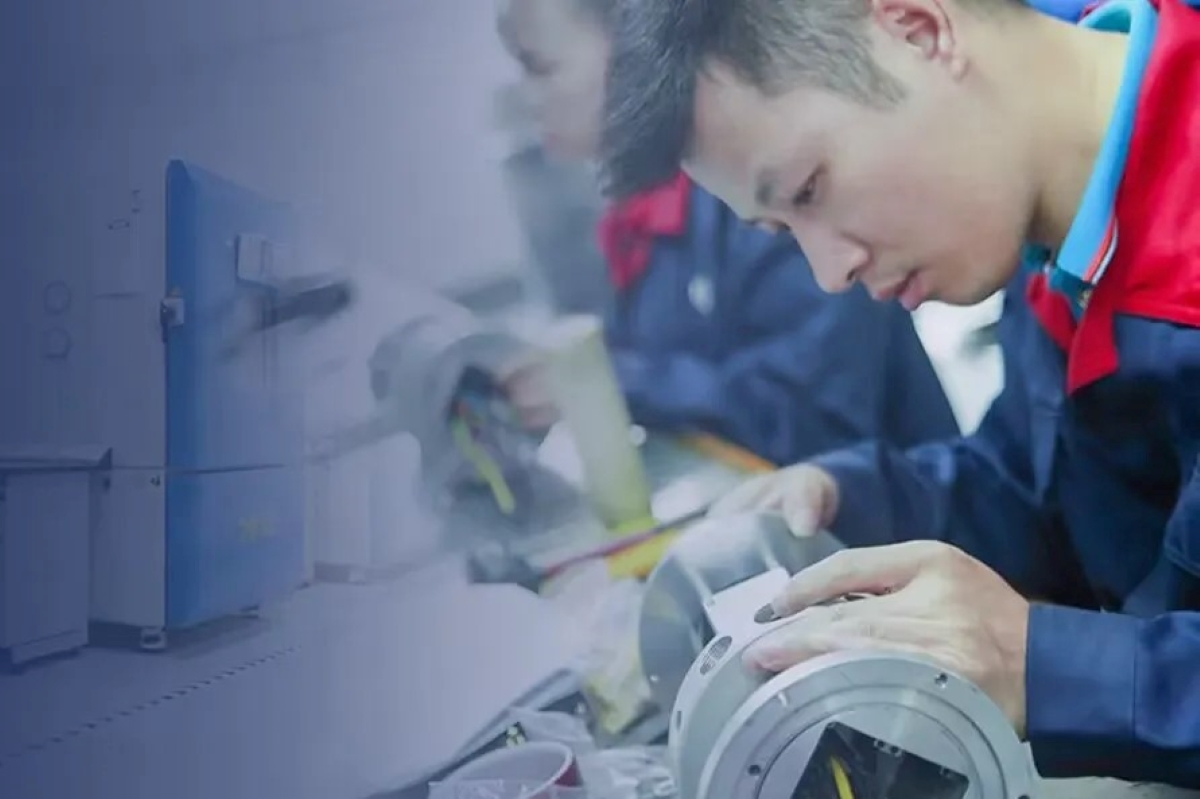Slip rings are an essential part of any system that needs to collect data from rotating parts. They are usually made of metal or plastic and are designed to allow for the transfer of electrical signals or data from a stationary to a rotating part. Slip rings are used in a variety of applications, from medical imaging to industrial automation.
What Are Slip Rings?
Slip rings are devices that allow for the transfer of electrical signals or data from a stationary to a rotating part. They are usually made of metal or plastic and are designed to provide a reliable connection between the two parts. Slip rings are used in a variety of applications, from medical imaging to industrial automation.
How Do Slip Rings Work?
Slip rings work by providing a continuous connection between the stationary and rotating parts. This connection is made through the use of brushes, which are made of metal or plastic and are designed to make contact with the slip ring. The brushes are connected to the stationary part, while the slip ring is connected to the rotating part. As the rotating part moves, the brushes make contact with the slip ring, allowing for the transfer of electrical signals or data.
Benefits of Using Slip Rings
Slip rings offer a number of benefits, including:
- They are reliable and durable.
- They can be used in a variety of applications.
- They are easy to install and maintain.
- They are cost-effective.
Slip rings are an essential part of any system that needs to collect data from rotating parts. They are usually made of metal or plastic and are designed to allow for the transfer of electrical signals or data from a stationary to a rotating part. Slip rings offer a number of benefits, including reliability, durability, ease of installation and maintenance, and cost-effectiveness.
See What We Can Do

